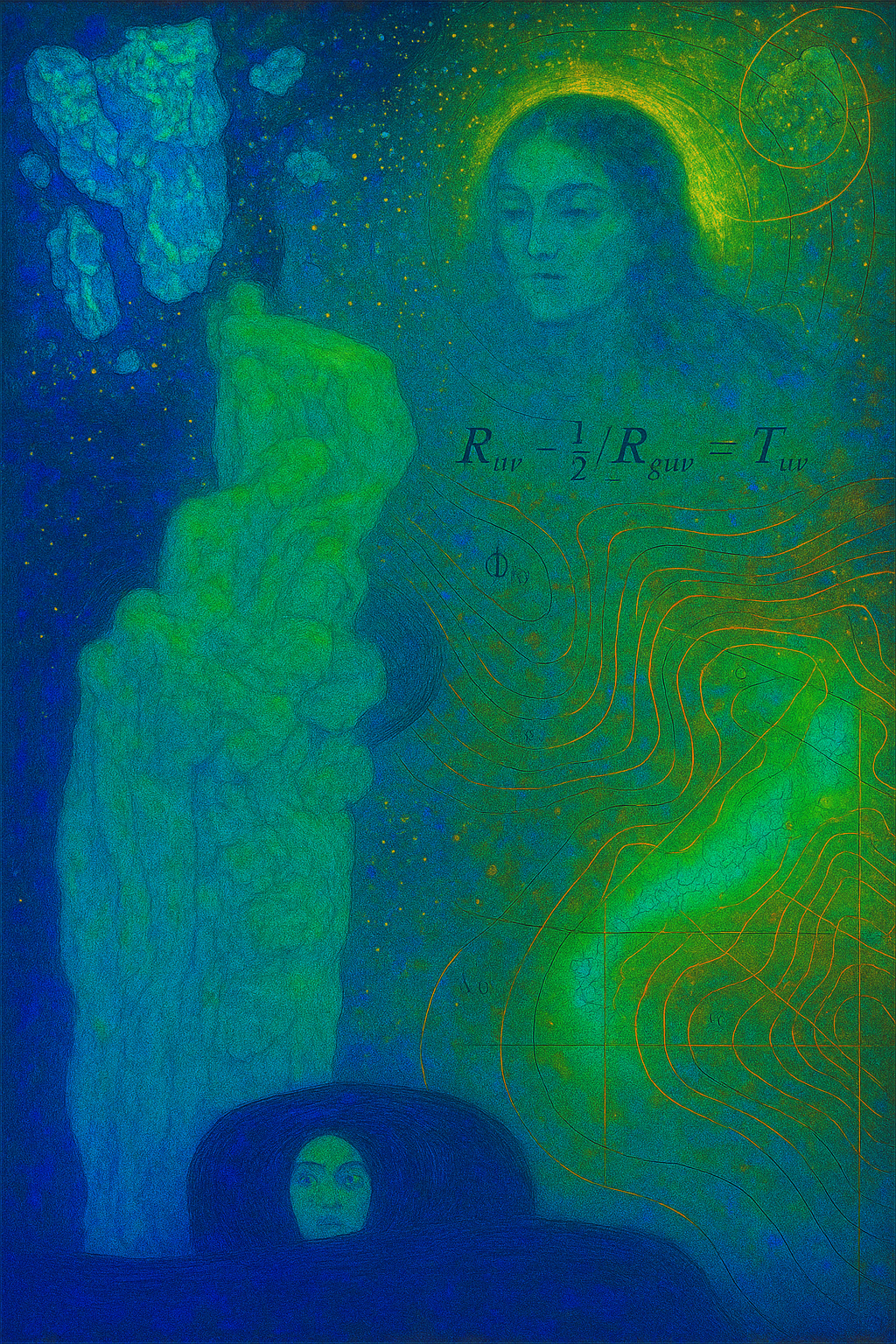THE ARCTIC PROJECT 2026
GHOSTS OF THE ICE
Ghosts of the Ice: Lost Art Meets Vanishing Worlds
Summary:
Ghosts of the Ice: Lost Art Meets Vanishing Worlds is a climate art project that reimagines lost or stolen masterpieces through the lens of Arctic change. Referencing works like Klimt’s Philosophy and Rembrandt’s The Storm on the Sea of Galilee, the project uses oil painting, scientific materials, and narrative storytelling to explore themes of disappearance, memory, and fragility. Set against the stark Arctic landscape, each painting becomes a visual echo of what has been lost. The project is designed to provoke both reflection and emotional connection, bridging cultural heritage with environmental urgency in a way that is immediate, tactile, and hauntingly beautiful.
Approach:
Each painting in the series incorporates thermochromic pigments that respond to temperature, revealing or concealing parts of the image as the surface warms or cools. The works are housed in custom-built metal frames embedded with heating coils, allowing the viewer to control the temperature through a simple touch panel. This interaction becomes part of the experience, inviting audiences to engage not just visually but physically. As hidden imagery fades or appears, the artwork mirrors the instability of polar environments, turning the viewer into an active participant in the visual transformation and reflecting our role in shaping the planet’s future.
Residency Project:
These are early visual studies exploring how lost masterpieces might be reimagined through the lens of climate change. Works such as Gustav Klimt’s Philosophy and Rembrandt’s The Storm on the Sea of Galilee serve as reference points. Using thermochromic pigments, each final painting will respond to temperature shifts controlled by the viewer through custom-built heated frames. As the surface warms or cools, elements of the composition will appear or disappear, echoing how climate change can erase entire ecosystems before our eyes. This concept merges cultural loss with environmental loss, inviting reflection on what we value and what we risk losing forever.
Each painting is housed in a custom-built frame embedded with low-voltage heating coils. Viewers can adjust the temperature manually, causing thermochromic pigments on the canvas to shift, reveal, or disappear. This interaction mimics climate impact, making each artwork a responsive, sensory reflection of environmental change.
Effect and Impact
The heat-sensitive surfaces create a slow, sensory shift in each canvas. As temperatures rise, layers of the painting fade, fragment, or dissolve, only to return as the temperature cools. This visual vanishing act mirrors the disappearing landscapes of the Arctic, where ecosystems are lost not with a roar, but with silence. The project draws a direct connection between climate change and cultural memory, showing how beauty, history, and place can vanish under pressure. The emotional impact is immediate. These paintings are not static objects but climate witnesses—each one a meditation on what is still here and what is already gone.
Thermochromic pigments change color based on temperature, revealing or hiding visual layers as heat is applied or removed.
Pigment Test Normal and High Temperature
Test Frame Build
Exhibition and Engagement
Ghosts of the Ice is designed for wide public engagement. The full series will travel beyond traditional galleries to reach classrooms, libraries, community centers, and academic institutions. Each installation will be supported by short films, visual diaries, and educational materials that contextualize the artwork and open dialogue about environmental change. Artist talks and interactive components will invite audiences to not just view, but feel the loss embedded in each piece. By blending fine art with accessible storytelling, the project brings Arctic realities to people and places that might never witness them firsthand—turning reflection into connection, and connection into care.
Please take a moment to watch both videos above and below to get inspired, and feel part of the experience.
“Even the most urgent scientific data struggles to move people to action unless they truly care. Art creates that bridge: from awareness to empathy, and empathy to responsibility.” - RMK













